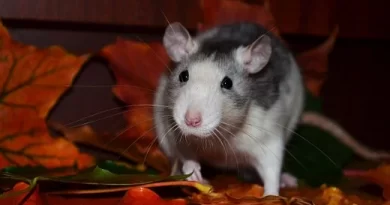Maintaining the Green: How Golf Courses Care for Their Lush Turf
Golf courses are known for their impeccably manicured fairways, greens, and roughs, which provide a pristine backdrop for the sport. Achieving and maintaining such lush turf requires a comprehensive approach to turfgrass management, involving careful planning, specialized equipment, and dedicated maintenance practices. In this guide, we’ll explore the strategies and techniques that golf courses use to care for their grass, ensuring optimal playing conditions for golfers of all skill levels.
- Soil Management: The Foundation of Healthy Turf
Healthy turf starts with healthy soil, so golf courses prioritize soil management as a foundational aspect of turfgrass care. Soil testing is regularly conducted to assess nutrient levels, pH balance, and soil structure, allowing course managers to tailor fertilization and amendment programs to meet the specific needs of the turf. Aerating and topdressing are common practices used to improve soil structure, alleviate compaction, and promote air and water infiltration, ensuring that the turf receives essential nutrients and oxygen for optimal growth.
- Irrigation Systems: Providing Precise Moisture Control
Maintaining optimal soil moisture levels is essential for healthy turf growth and playability, so golf courses invest in advanced irrigation systems to provide precise moisture control. Automated irrigation systems are designed to distribute water uniformly and effectively across the turf, considering variables such as soil composition, gradient, and plant hydration needs. Utilizing soil moisture sensors and weather stations, these systems monitor environmental parameters and adapt irrigation timetables accordingly, curbing water wastage and advocating for water preservation.
- Mowing Practices: Achieving Consistent Playing Surfaces
Mowing is a fundamental aspect of turfgrass management on golf courses, with meticulous attention paid to achieving consistent playing surfaces across the course. Greens, tees, and fairways are mowed regularly using specialized mowing equipment calibrated to precise heights to ensure uniformity and playability. Reel mowers or zero turn mowers are commonly used on greens to achieve a close, uniform cut that promotes smooth ball roll and optimal putting conditions, while rotary mowers are used on larger areas such as fairways and roughs to maintain turf density and aesthetics.
- Fertilization and Pest Management: Nourishing and Protecting the Turf
Fertilization and pest management are integral components of turfgrass care on golf courses, aimed at providing essential nutrients and protecting the turf from pests and diseases. Customized fertilization programs are developed based on soil test results and turfgrass requirements, with fertilizers applied at specific times and rates to promote healthy growth and vigor. Integrated pest management (IPM) strategies are employed to prevent and control pests and diseases, utilizing cultural, biological, and chemical control methods as needed while minimizing environmental impact.
- Aerification and Topdressing: Enhancing Turf Health and Playability
Aerification and topdressing are routine maintenance practices used to enhance turf health and playability on golf courses. Aerification involves the removal of small cores of soil from the turf to alleviate compaction, improve air and water movement, and promote root growth. Topdressing involves the application of a thin layer of sand or organic material to the turf surface, filling in aerification holes, smoothing imperfections, and promoting a firm, uniform playing surface.
- Environmental Stewardship: Balancing Playability and Sustainability
Golf courses are increasingly embracing environmental stewardship practices to balance playability with sustainability and minimize their ecological footprint. Many courses have adopted water conservation measures such as drought-tolerant grass species, recycled water irrigation systems, and xeriscaping techniques to reduce water usage and protect natural resources. Native plantings, wildlife habitats, and buffer zones are incorporated into course design to enhance biodiversity and preserve natural ecosystems, while chemical inputs are carefully managed to minimize environmental impact and promote long-term ecological health.
Conclusion: The Art and Science of Turfgrass Management
Caring for the lush turf found on golf courses requires a delicate balance of art and science, with careful attention paid to soil management, irrigation systems, mowing practices, fertilization and pest management, aerification and topdressing, and environmental stewardship. By implementing comprehensive turfgrass management programs tailored to the specific needs of the turf and course, golf courses can achieve and maintain the pristine playing surfaces that golfers have come to expect, ensuring a memorable and enjoyable golfing experience for all who visit.



